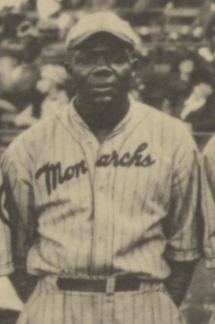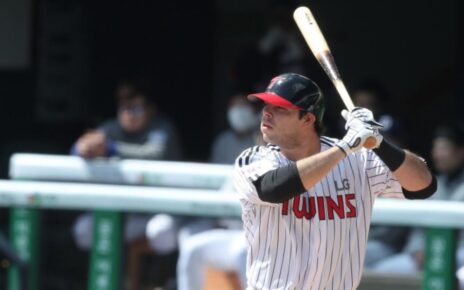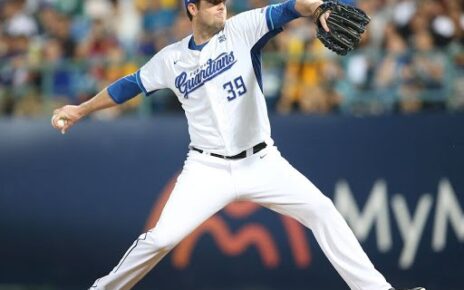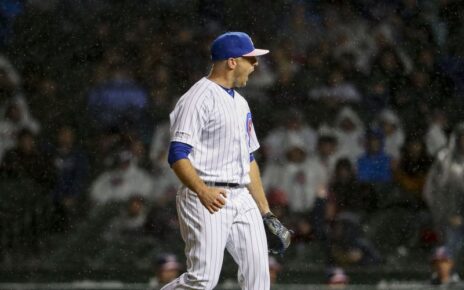There are some Negro Leagues greats who aren’t remembered and I can understand why. Those players were great at the wrong time or weren’t flashy in the way that allows players to remain relevant long after their careers have ended. I can look at those players and say, “Yeah, I can see why this player isn’t still all that highly thought of or remembered.” While my Negro Leagues research has sometimes been about those players more often than not it is about the other category of Negro Leagues star. These are the players who were amazing, should be remembered, but have been forgotten mostly due to the color of their skin.
One such player is Dobie Moore, an all-time Negro Leagues great who has never received much attention outside of his fellow Negro Leagues peers. Looking at his stats, and well, there’s absolutely no reason he’s been forgotten. Alas, that is a sentence I have to type far too often when I’m profiling a Negro Leagues great. The man they called Black Cat has been forgotten, but more than that he’s never really been talked up as one of the Negro Leagues greats and that is a damn shame.
Out of all of Moore’s great seasons, the one that stands out the most is his 1923 effort for the Kansas City Monarchs in the Negro National League. That year the right-hander was one of the hardest outs on the best baseball team in the land. The Monarchs were the cream of baseball in 1923. They were a team stacked with talent, and Moore was one of the most talented players on the club. Moore anchored the team up the middle at shortstop, but most of all he raised hell throughout the league with his bat.
In 423 plate appearances, Moore slashed .365/.407/.534. That was good enough for a 145 OPS+ and allowed him to claim the title of the best hitter on a team that also included Bullet Rogan. Moore’s wOBA of .407 was 60+ points better than league average while his .169 ISO was exactly 50 points better than league average. About the only thing Moore didn’t do better than the rest of the league was to take walks. However, just in case you aren’t aware, the Negro Leagues were built on the concept of athletic play and good bat-to-ball skills. Walking was something that was an added bonus, but what mattered more was your ability to make contact. Moore made plenty of contact, and then some.
All told in 1923 Moore had a season worth 6.7 sWAR. He was the starting shortstop and best hitter on the NNL champions. There was never a point during the season when the dominance of the Monarchs was in question and Moore was a rather large part of said dominance. 1923 was Moore’s best season, but he had a short career full of great seasons. I could write about his 1921 California Winter League season with the Los Angeles White Sox and his numbers would be just as great.
Ultimately Moore suffered a career-ending leg injury (he was running from his girlfriend and suffered a compound fracture in his leg which she then made worse by shooting with a gun. Really, the end of Moore’s career is an article unto itself) after only eight years, seven of them spent partaking in big-league action. He also served in World War I and that cost him three or so years worth of playing time. After his career, there was a short period where contemporaries spoke highly of Moore. However, the further from his career he got the more he was forgotten. Baseball history tends to reduce shorter careers as if they somehow aren’t worthy of the same praise as long careers. Baseball history also tends to ignore Negro Leaguers with short careers, and thus Moore was forgotten. To this day Moore remains one of the best shortstops to ever play the game, we would all do well to learn more about the Black Cat.
Lead photo courtesy of Unknown – Unknown




